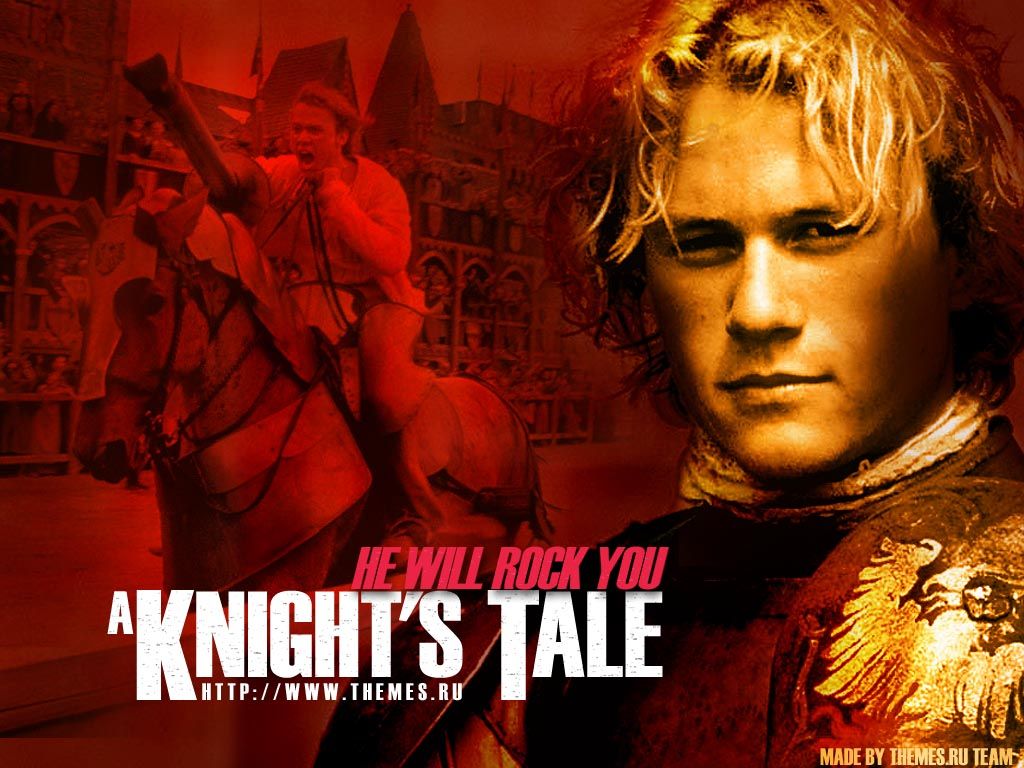Doing a historical fiction is fine, just let you're audience know that you're ignoring it. Many pictures are close, but altered for the audience, which is controversial, but overall okay. Many are severely altered but are presented as true, which tends to tank.
So a couple good examples of letting your audience know that you're not going by the book.
Shakespeare in love:
Well, Romeo and Ethel the Pirate's Daughter is a good clue, then there's the coffee mug at 4 minutes and 45 seconds that assists, etc. Point is, we've established that it's not another Historical Drama, but something different.
Another example is:
A Knight's Tale:
It opens at 3 minutes and 9 seconds to "We Will Rock You" including the crowd singing it, we know that it isn't going to be entirely accurate, so we can forgive the couple hundred years of armor changes.
A minor Change would be
Braveheart:
Primas Nocte is a Victorian Invention, and the princess involved wasn't in England (not to mention being 7), and they're missing the river and bridge at the Battle, and that they invented pikes, They're wearing kilts centuries early, etc. Even though it pushed the limits of alterations, it had a strong enough story to carry it beyond the problem.Though the standard set of Hollywood armors is a bit annoying, they're near to the realm of feasibility.
And then there's
Beowulf
Where they decided digital effects were better than story *Sigh* Luckily I didn't spend money watching it.
Beowulf & Grendel:
A much better variation of the tale (on a smaller budget and with less digitization).
There's also plenty of errors in judgment in production. Bad costuming, peasants all in grey or brown. Armor from the wrong period or worse, from the usual Hollywood suppliers who use some really bad stuff because everyone else did.
Then there's things that i'll live with. Metal rimmed wheels before they were used. Incorrect carriage design,
skip to main |
skip to sidebar
About writing, Screenplays, Hollywood, The film industry, DVDs, and the movies.






No comments:
Post a Comment